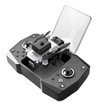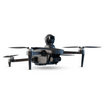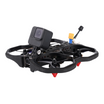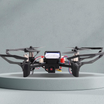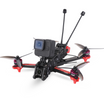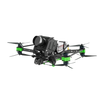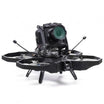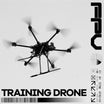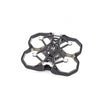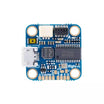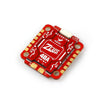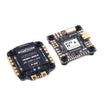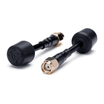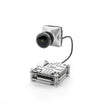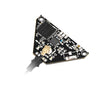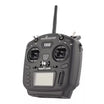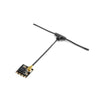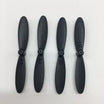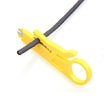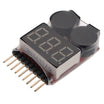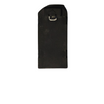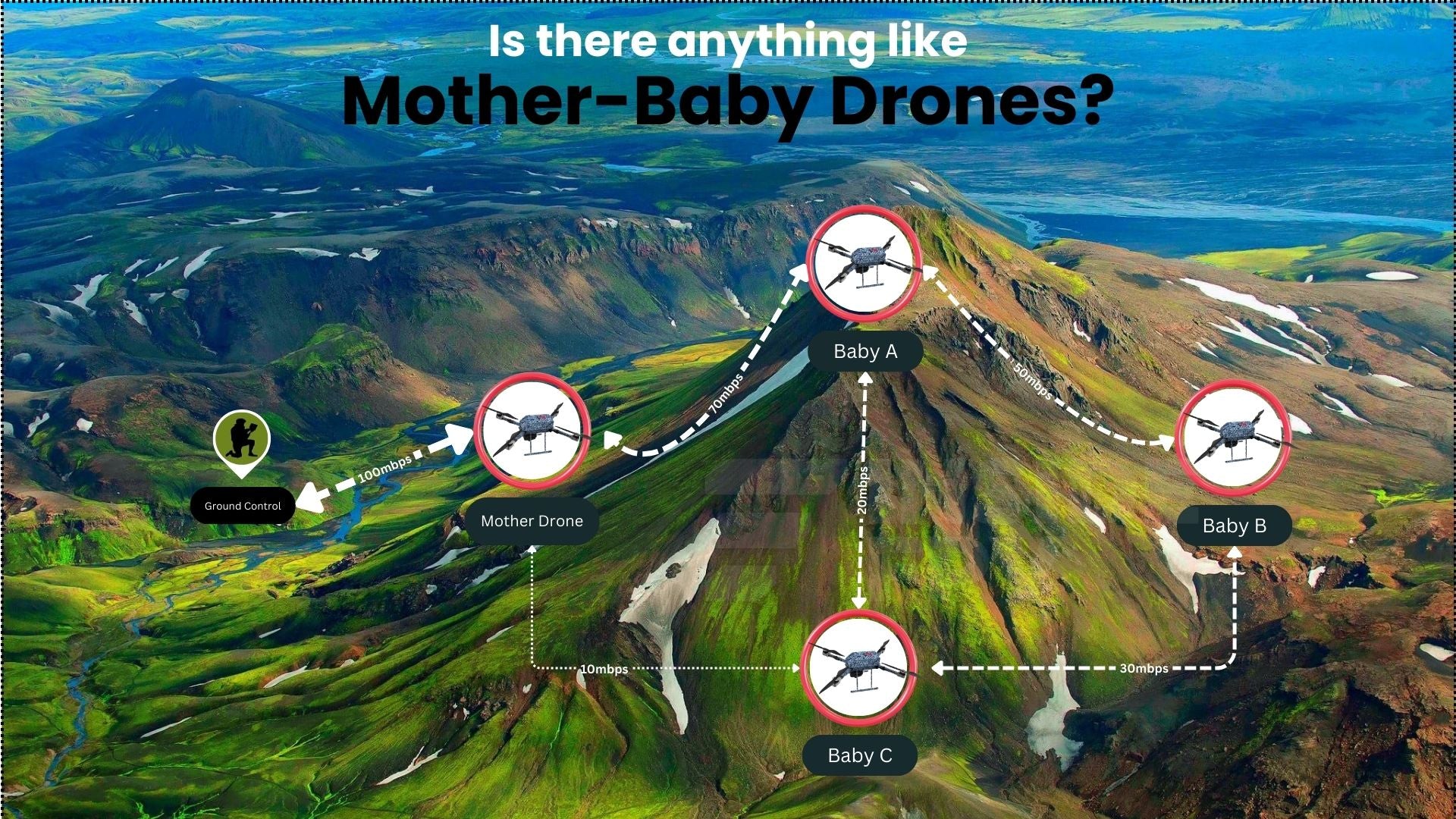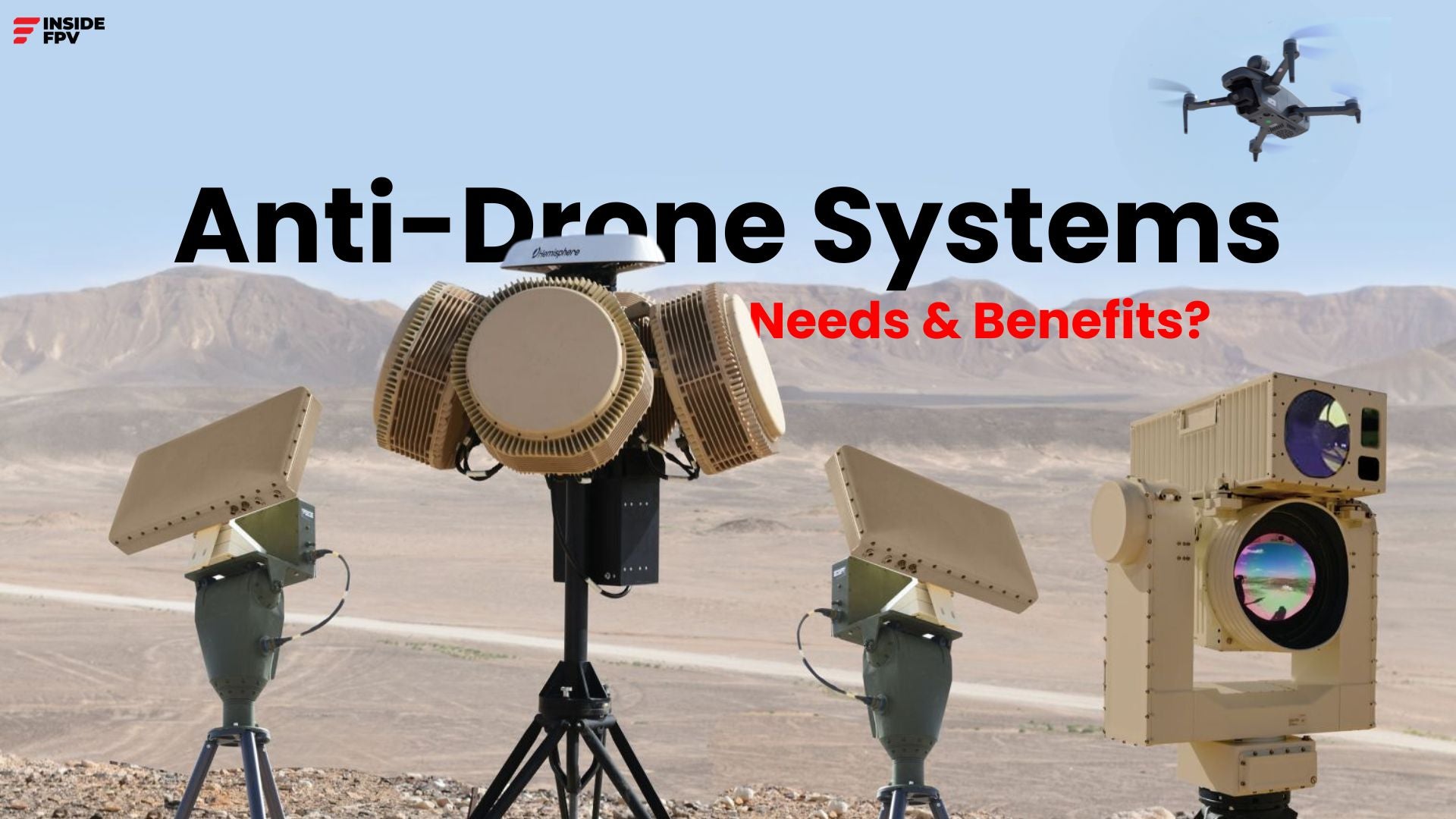Introduction
In the rapidly advancing aerospace industry, insideFPV, an innovative drone company, has achieved a significant milestone by successfully developing the cutting-edge Mother-Baby Drone concept. This groundbreaking technology promises to revolutionise the way aerial operations are conducted, opening up a world of possibilities in various sectors, from search and rescue to military operations and beyond.
Backed by a team of dedicated researchers and engineers, insideFPV has been relentlessly pushing the boundaries of drone technology, and their recent achievements in alpha testing have solidified their position as leaders in the industry. The successful integration of multiple subsystems and the seamless coordination between the mother and baby drones and both of these drones with the ground station marks a significant milestone in the pursuit of advanced aerial capabilities.
Establishing a Robust Communication Network:
One of the critical components of the Mother-Baby Drone concept is the establishment of a reliable and secure communication network. insideFPV's alpha testing efforts focused on laying the foundation for this vital aspect, ensuring seamless connectivity between the ground control station, the mother drone, and the baby drones.
Through meticulous planning and rigorous testing, insideFPV's engineers established a robust communication network that enables real-time data exchange and command transmission. This network not only facilitates the transfer of essential flight data and mission parameters but also ensures that operators on the ground have complete situational awareness and control over the aerial assets.
To further enhance safety and redundancy, insideFPV implemented a backup failsafe ground control station (GCS) communication system. This redundant system acts as a contingency measure, ensuring uninterrupted control and monitoring in the event of any disruptions or failures in the primary communication channel.
Precision Landing Site Detection and Dynamic Landing
Another groundbreaking achievement during the alpha testing phase was the development of a precision landing site detection system for the baby drones. This innovative technology allows the baby drones to accurately identify and navigate toward designated landing sites, even in dynamic environments where the landing location may be constantly changing.
By leveraging advanced computer vision algorithms and real-time data processing, the baby drones can detect and track moving targets or changing terrain conditions, adjusting their flight paths and landing approaches accordingly. This capability is particularly valuable in search and rescue operations, where the ability to dynamically adapt to changing circumstances can mean the difference between mission success and failure.
Level 5 Autonomy and GPS-Denied Environments:
One of the most impressive feats achieved during the alpha testing phase was the successful demonstration of Level 5 autonomy for the baby drones. This level of autonomy, the highest in drone technology, enables the baby drones to operate entirely independently, without any human intervention or supervision.
By integrating cutting-edge artificial intelligence algorithms, advanced sensor fusion techniques, and robust decision-making capabilities, insideFPV has created baby drones that can perceive their environment, identify and prioritize tasks, and make informed decisions based on a comprehensive understanding of their surroundings.
Furthermore, insideFPV's baby drones have been specifically designed to operate in GPS-denied environments, where traditional navigation methods are unavailable or unreliable. This capability is crucial in scenarios such as urban areas, underground structures, or environments with signal interference, ensuring that the baby drones can carry out their missions without interruption.
Future Developments:
Drone-to-Drone Communication and Multi-Stage Operations:
While the alpha testing phase has yielded remarkable results, insideFPV's engineers are already looking towards the future, with plans to implement drone-to-drone communication capabilities. This advancement will enable seamless coordination and data exchange between the mother drone and its deployed baby drones, further enhancing operational efficiency and situational awareness.
Additionally, insideFPV is exploring the concept of multi-stage operations, where a "booster" drone acts as an intermediary between the ground control station and the mother drone. This innovative approach aims to extend the operational range and endurance of the Mother-Baby Drone system, allowing for missions in remote or challenging environments.
The Road Ahead: Integration and Deployment:
With the successful completion of independent subsystem testing, insideFPV is now poised to embark on the final phase of the Mother-Baby Drone concept: the integration of all the individual components into a fully functional system. This crucial step will involve extensive testing and validation to ensure seamless coordination between the ground control station, the mother drone, and the baby drones, as well as the reliability and robustness of the overall system.
Once the integration process is complete, insideFPV will be ready to deploy the Mother-Baby Drone system in real-world scenarios, ushering in a new era of advanced aerial capabilities. From search and rescue operations to environmental monitoring, infrastructure inspection, and military reconnaissance, the Mother-Baby Drone concept promises to revolutionise the way aerial missions are conducted, delivering unparalleled efficiency, versatility, and situational awareness.
Conclusion:
insideFPV's groundbreaking achievements in the Mother-Baby Drone concept have firmly established the company as a pioneer in the aerospace industry. By successfully cracking the latest technology through rigorous alpha testing and groundbreaking innovations, insideFPV has paved the way for a future where aerial operations are no longer limited by the constraints of traditional drone systems.
The Mother-Baby Drone concept represents a paradigm shift in the way aerial missions are approached, offering unparalleled versatility, adaptability, and situational awareness. As insideFPV prepares for the final integration and deployment phases, the aerospace industry eagerly awaits the unleashing of this revolutionary technology, which promises to redefine the boundaries of what is possible in the realm of aerial operations.
With a team of dedicated researchers and engineers at the helm, insideFPV stands poised to continue pushing the limits of drone technology, delivering cutting-edge solutions that address real-world challenges and drive the aerospace industry forward into a new era of innovation and exploration.
FAQs
- What is the Mother-Baby Drone concept?
The Mother-Baby Drone concept developed by insideFPV involves a system where a mother drone coordinates and controls multiple smaller baby drones. This innovative technology aims to revolutionise aerial operations across various sectors, offering enhanced capabilities and versatility.
- How do baby drones operate in GPS-denied environments?
- How long can a baby drone and the mother drone operate on a single charge?
The baby drone can operate continuously for 10 hours at one stretch. The mother drone, on the other hand, boasts an impressive 24 hours of continuous operation. Additionally, the mother drone acts as a docking system for the baby drones. This means the baby drones can recharge themselves by connecting to the mother drone while it's still airborne. This significantly extends the operational range and endurance of the entire Mother-Baby Drone system, allowing for longer missions without needing to land for individual recharging.
4. How many baby drones can the mothership carry?
The powerful mothership can carry and deploy up to 20 baby drones for diverse, coordinated mission profiles.
5. What backup systems ensure continuous operation?
Redundant ground control stations and the ability for baby drones to dock/recharge on the mothership mid-flight provide vital backups.

